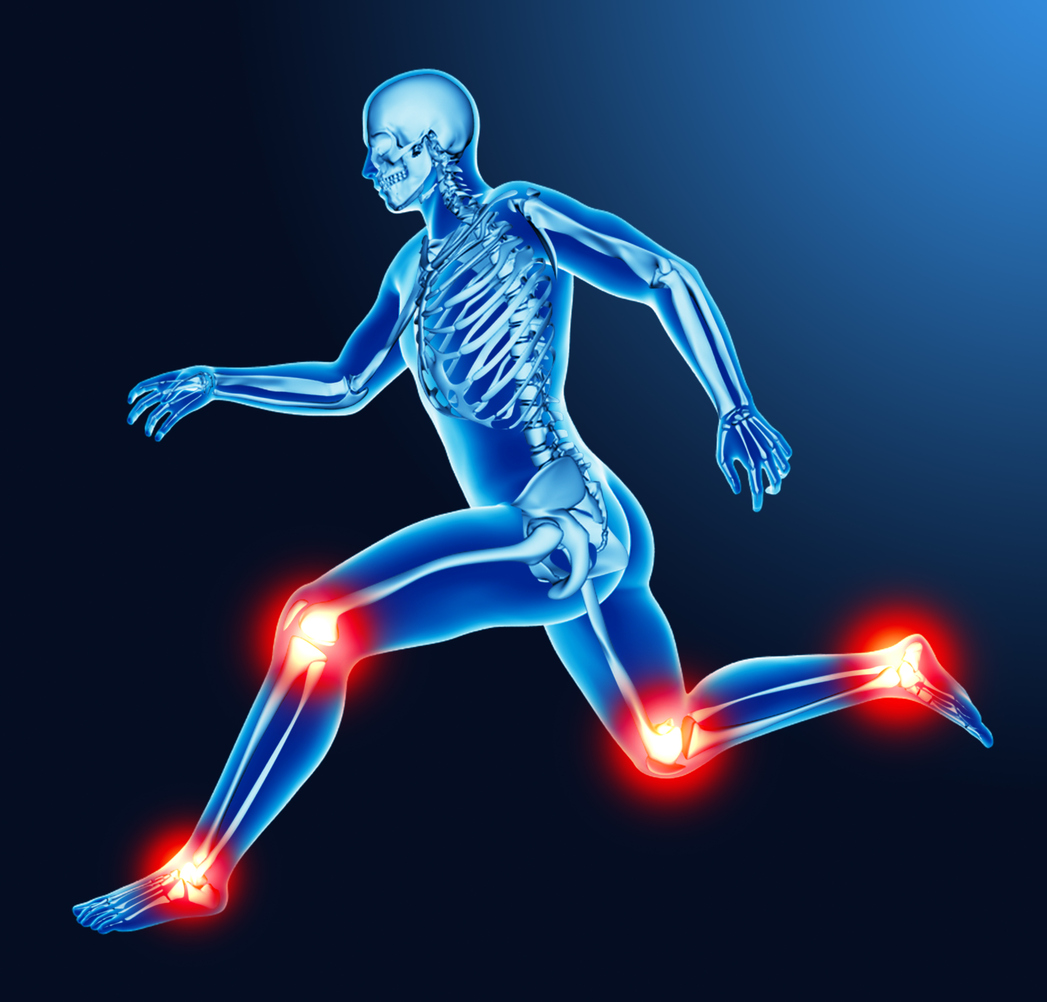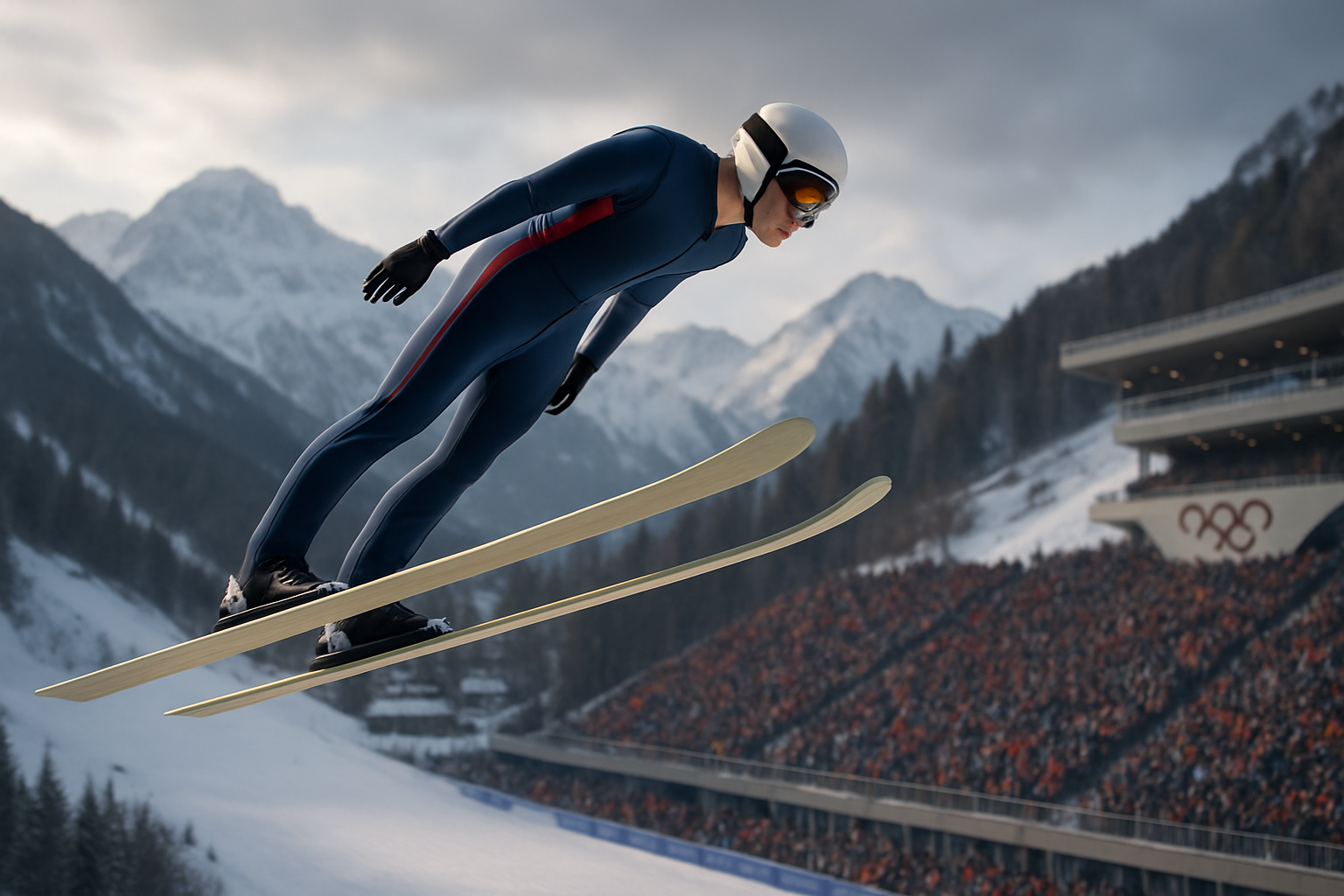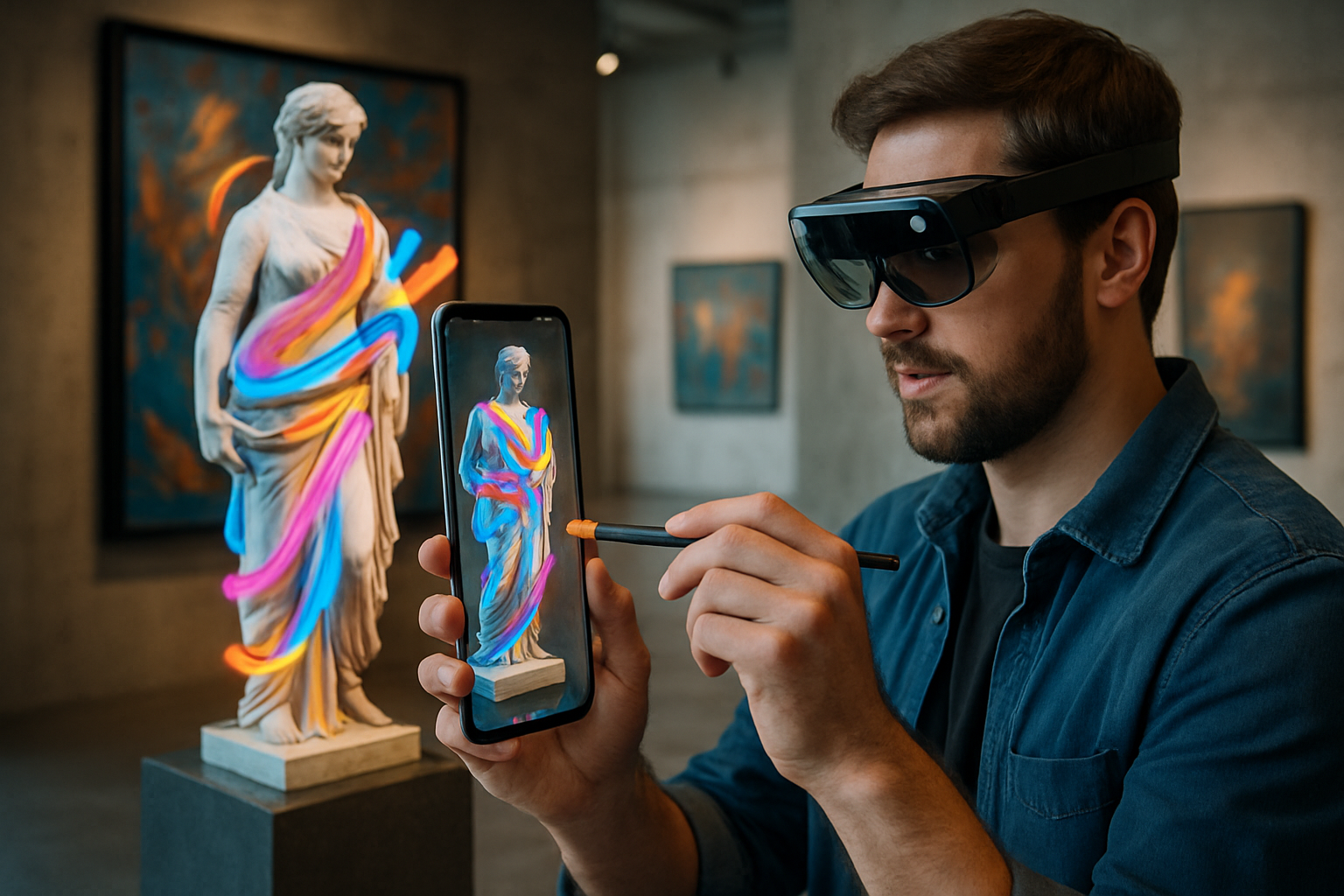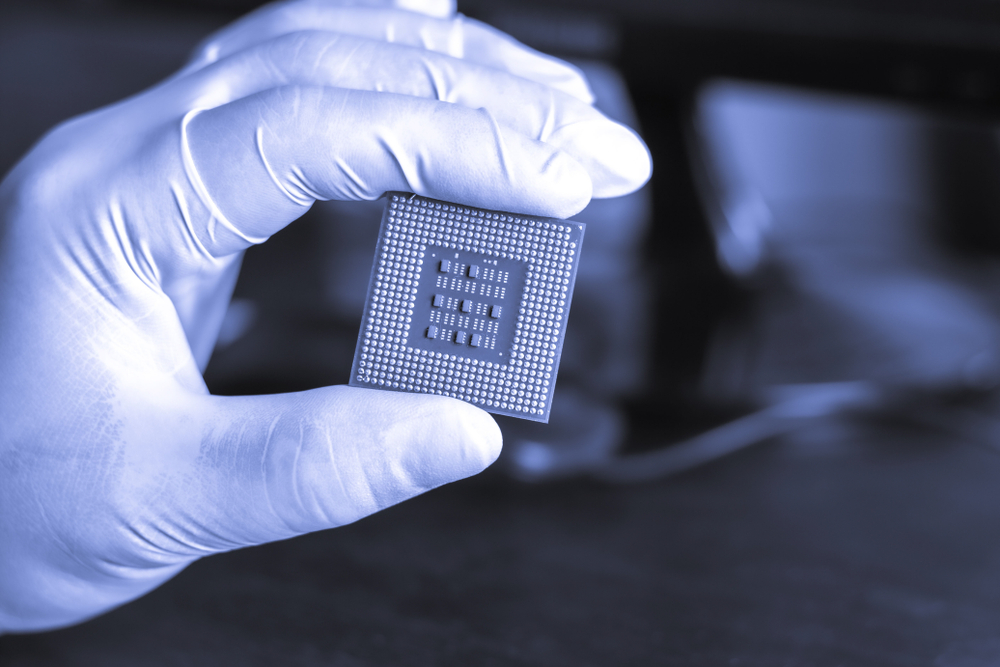Biomechanical Footwear: Revolutionizing Gait Health
Could the secret to better posture, reduced joint pain, and improved overall health be right beneath our feet? Enter the world of biomechanical footwear, a cutting-edge innovation that's reshaping how we think about walking, running, and standing. This isn't just about comfort—it's about optimizing our body's natural mechanics for long-term wellness.

The concept draws from decades of research in biomechanics, podiatry, and orthopedics. Scientists have long understood that improper foot mechanics can lead to a cascade of issues up the body, from ankle instability to lower back pain. Biomechanical footwear aims to address these problems at the source by guiding the foot into a more natural and efficient position with each step.
Key Features of Biomechanical Shoes
What sets biomechanical footwear apart from conventional shoes? Several innovative design elements work in concert to enhance gait and posture:
Variable-density midsoles: These shoes often feature midsoles with different densities across various foot zones. This strategic placement of firmer and softer materials helps guide the foot through a more biomechanically correct walking or running pattern.
Rocker soles: Many biomechanical shoes incorporate a curved or rocker-bottom sole. This design reduces pressure on the ball of the foot and promotes a smoother transition from heel strike to toe-off, potentially reducing strain on joints and muscles.
Customized arch support: Advanced mapping technologies allow for personalized arch support, ensuring that each individual’s unique foot structure is properly accommodated.
Heel cup stabilizers: Deep heel cups and stabilizing features help center the heel bone, promoting better alignment up through the ankles, knees, and hips.
Health Benefits and Clinical Applications
The potential health benefits of biomechanical footwear extend far beyond basic comfort. Research has shown promising results in several areas:
Pain reduction: Studies have demonstrated significant reductions in knee and lower back pain among individuals wearing biomechanical shoes, particularly those with osteoarthritis.
Improved balance and stability: The enhanced proprioception and foot positioning provided by these shoes can lead to better overall balance, potentially reducing fall risk in older adults.
Increased physical activity: By making walking and standing more comfortable, biomechanical footwear may encourage individuals to be more active, contributing to improved cardiovascular health and weight management.
Postural correction: Over time, the consistent use of biomechanical footwear can help retrain muscles and encourage better overall posture, potentially alleviating issues stemming from poor alignment.
Challenges and Considerations
While the potential benefits are significant, it’s important to approach biomechanical footwear with a balanced perspective:
Adaptation period: Users may experience an adjustment period as their body adapts to the new gait patterns encouraged by the shoes. This can sometimes lead to temporary discomfort or muscle soreness.
Cost considerations: High-quality biomechanical footwear often comes with a higher price tag than conventional shoes, which may be a barrier for some consumers.
Individual variability: Not all biomechanical designs work equally well for everyone. It’s crucial to find the right fit and design for one’s specific needs, often with the guidance of a podiatrist or biomechanics specialist.
Overreliance concerns: Some experts caution against becoming overly dependent on specialized footwear, emphasizing the importance of also strengthening feet and legs through exercises and periodic barefoot activities.
The Future of Gait Health
As technology continues to advance, we can expect even more sophisticated biomechanical footwear options:
Smart shoes: Integration of sensors and AI could allow shoes to adapt in real-time to an individual’s gait, providing personalized support throughout the day.
3D-printed custom solutions: Advancements in 3D printing may soon make it possible to create truly bespoke biomechanical shoes tailored to an individual’s exact foot shape and gait pattern.
Rehabilitation-focused designs: Specialized biomechanical footwear could play an increasingly important role in physical therapy and rehabilitation programs, helping patients recover from injuries or surgeries more effectively.
Stepping Towards Better Health: Key Insights
-
Biomechanical footwear can reduce joint stress by up to 20% during walking and running activities
-
Regular use of properly fitted biomechanical shoes may lead to a 40% reduction in lower back pain for some individuals
-
Studies show that biomechanical footwear can improve balance by up to 30% in older adults, potentially reducing fall risk
-
Wearing biomechanical shoes during daily activities can burn up to 10% more calories compared to conventional footwear
-
It typically takes 2-4 weeks for the body to fully adapt to the gait changes promoted by biomechanical shoes
Embracing the Biomechanical Revolution
As we continue to unlock the secrets of human biomechanics, it’s clear that the shoes we wear play a crucial role in our overall health and well-being. Biomechanical footwear represents a significant leap forward in how we approach gait health, offering a non-invasive way to potentially alleviate pain, improve posture, and enhance our daily activities.
While not a panacea, these innovative shoes offer an exciting avenue for individuals looking to take a proactive approach to their physical health. As research progresses and technology evolves, biomechanical footwear may well become an integral part of our wellness routines, helping us step confidently towards a healthier, more active future.





